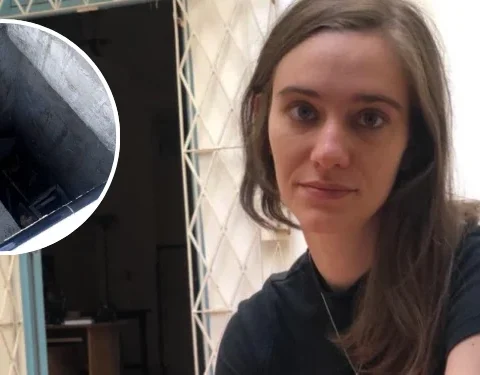A tongue of suspended dust from the African Sahara Desert, driven by the wind, has covered much of Spain. A phenomenon of such magnitude that it has not been recorded for decades and that is touring the country from south to north.
The authorities have recommended reducing all outdoor activity to the essential or postponing it until the weather conditions change, warning that it may cause itching in the eyes and throat and that special care must be taken with children, the elderly and people with respiratory problems.
At the moment, since the arrival of the haze began this Monday, as this air loaded with sand particles from the Sahara Desert is called, more than half of the Iberian Peninsula has found cars, buildings and streets covered in dust, or mud in places where it has rained, as if it were a sepia filter. In addition, many skies have been dyed orange during these hours.
The Saharan dust has taken advantage of the east side of the Dana Celia that has formed in the Gulf of Cádiz to move from the desert to Western Europe, causing an exceptional situation.
The reddish sky made its appearance first on Monday afternoon in Almería, Murcia and Alicante, and shortly afterwards it entered the interior of the country. This morning it was already the capital, Madrid, which was rising in the middle of the dust, as well as other areas located hundreds of kilometers to the north.
Thus, tags such as #Apocalispsis began to spread on Twitter, after the country in the last two years has faced the coronavirus pandemic; the eruption of the La Palma volcano; and snowfall Filomena, the largest in 50 years that paralyzed the country for more than a week, among other adverse events.















